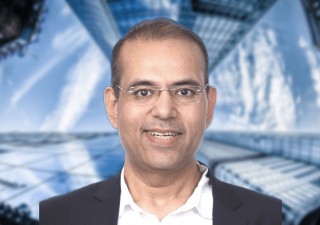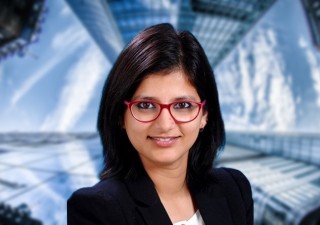Protecting Computer Software-enabled Inventions
12 September 2012

Computer software is one of the most important aspect of technological innovation and the commercial success of modern high-tech gadgets, devices and systems. Such software-enabled innovations are generally a product of ingenuity of the human mind and an outcome of intense research into providing solution to an existing problem. It is, therefore, imperative that adequate legal protection be provided to safeguard the rights of the software owner/creator and to promote further innovation.
With open source software gaining wide popularity, it has been observed that many countries, especially developing countries, have adopted stricter norms with respect to the patent protection available to software. In India, Section 3(k) of the Patents Act precludes from patentability a mathematical method or a business method or a computer program per se or algorithms. However, for many years, the realms of Section 3(k) have remained unexplored for want of any particular judicial interpretation or guidelines of what exactly constitutes a computer program per se, an algorithm and a business method. A common fallback approach adopted by agents to counter Section 3(k) was incorporation of hardware features in the method claims to bring out that the invention is an amalgamation of hardware and software. However, the said section has now been given some newer dimension by the recently published Manual of Patent Practice and Procedures (MPPP) of the Patent Office.
As per the MPPP, a business method includes activities in a commercial or industrial enterprise relating to transaction of goods or services. MPPP specifically precludes from patentability claims drafted with incorporation of hardware features, if the said claims in essence pertain to a business method. Thus, the necessary inference is that an invention relating purely to a business method would outrightly be rejected. However, unsettled views co-exist with regard to outlook of the Patent Office towards invention that are not in essence relating to transaction of goods and services but that ultimately facilitate such activities. For instance, a patent granted in April 2008 relates to a system for authorizing payment for goods or services ordered on-line from a merchant by a customer. While patents like this may point towards a liberal approach of the Patent Office towards such facilitating activities, it is too early to arrive at any conclusion in view of the manual having been recently published and the implementation of the same being in rudimentary stages at the Patent Office.
Further, the MPPP describes an algorithm as a set of rules or procedures or any sequence of steps or any method expressed by way of finite list of defined instructions, which is inline with the definition in other patent jurisdictions around the world. Though there is a dearth of relevant decisions in this respect, it may be possible to protect a unique inventive algorithm in its tangible avatar as a system or as a method implemented in a system.
Moving further, the MPPP very vaguely mentions that if the subject matter of an invention relates to only a computer program, it shall be considered as computer program per se. While no specific guidelines are provided to determine what exactly would be considered as “computer program per se,” the MPPP clearly mentions that claims directed to computer program products stored in computer readable mediums are not allowable.
In this regard, few previous Controller’s decisions may be referred wherein method claims were either deleted or were amended to system claims for being considered allowable. In a matter filed in 2001, a method and apparatus for data rate matching was claimed. The patent as granted was allowed only with the apparatus claims and method claims were disallowed as being related to software. In another matter filed in 2004, a method for transfer of IP packet was claimed. During prosecution, the Patent Office objected to the method claims, which were reworded as system claims to obtain grant.
Breaking away from this previous practice, many Controllers of late have been considering that incorporation of hardware limitations in the method claims brings such claims outside the ambit of Section 3(k). Also, it has been observed that some Controllers are not averse to granting method claims relating to software-enabled inventions in telecommunications networks. However, these practices have, as of now, limited application and have not become widely common. While it may take some time for uniform practices to emerge among the Controllers in the concerned art group of the Patent Office, it can be safely surmised that the patents, in which a technical effect can be shown, will continue to have a good chance of being granted.
Thus, as of now, while the examination procedure has shown a slight drift from the conventional approach, the allowability of softwareenabled inventions is still a subjective matter and a lot depends on the arguments provided at the time of prosecution and/or oral hearings. As per experience, the ideal approach is to highlight that the invention is not a mere computer program, a business method or an algorithm rather than arguing the allowability based on inclusion of hardware features and presence of technical effect. Until there are clearcut guidelines in respect of treatment of such subject matter, the allowability of software-enabled inventions is highly dependable upon the skills of the patent attorney and the Controller or examiner dealing with the matter.
Lall Lahiri & Salhotra
LLS House, Plot No. B-28,
Sector - 32, Institutional Area,
Gurgaon - 122001, National Capital
Region, India
T: +91 124 2382202, 2382203
F: +91 124 4036823, 2384898
E: Rahul@lls.in
W: www.lls.in






